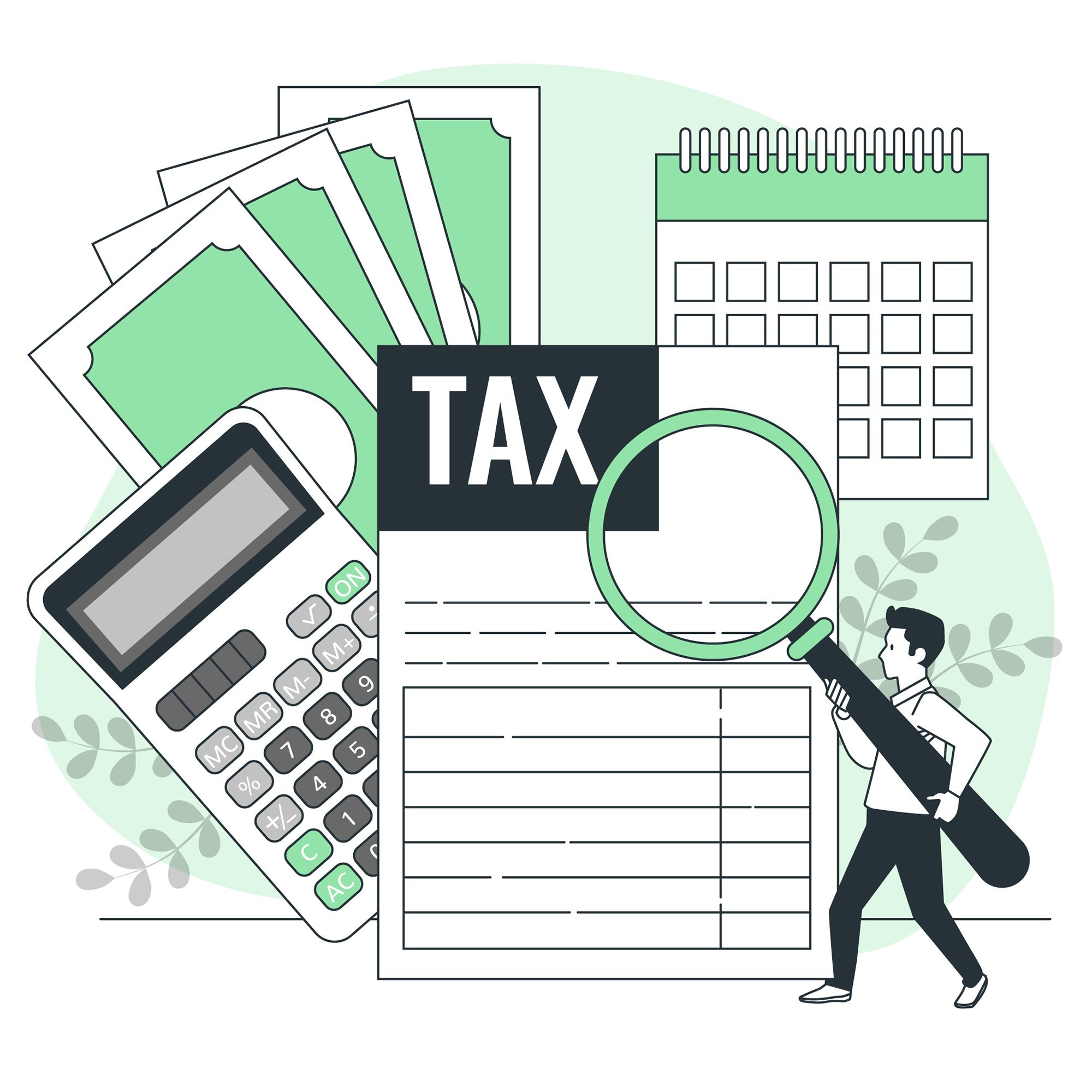Buying Your First Home
Jordyn Holzberger:
Hi, everyone. I am Jordyn, and this is Adam. And today, we’re just going to run through tax-effective ways to buy your first home. So there are a number of different ways that you can go about it. The first one is the first home buyer’s grant, which essentially is the government giving you $10,000 put towards your first house, which has to be either a new build or just a brand new house that you’re buying, can’t be a pre-established home. So essentially, what you get is the $10,000 grant and you also get some stamp duty grant, so from $0 to $433,000. If your home’s purchased between that amount, you don’t have any stamp duty to pay. And then from $430,000 to $530,000, it goes up. And then from $500,000 upwards, it is normal rates.
So essentially, there’s different ways that you have to be eligible. You have to be at least 18 years old, Australian resident. And if you’re in a couple and if you’re buying home together, there is potential that only one of you will be eligible for it. So you can only really go for it once. Hence, first time buyer’s grant.
Adam Stannett:
Yep. Cool. So if you and your partner are looking to buy, it might be worthwhile if you can, to just get it in one of your names. So then later down the track, if you want another one, you can get the grant again. Because as Jordyn was alluding to, if you buy it as a couple, you only get one lot of the 10K, so you’re possibly leaving 10K on the table there. Another way that you can look at getting your foot in the door basically is what the government released in back end of 2018, which was the First Home Super Saver scheme. And basically what that is, it allows you to contribute up to $15,000 a year concessionally, which means you get a tax deduction for it, into your super fund. We can do that over a number of years to a maximum of $30,000 per person. So if you’re buying in a couple, you can have basically up to $60,000 there. Couple that with your First Home Owner’s Grant, you’ve got about 70 grand for your deposit.
Now, there are a few rules with this as well. So obviously, as it is concessionally taxed super contributions, what that means is your employee’s super is counted towards it as well. So you got the $25,000 cap every year. So if your employee’s contributing more than $10,000 a year for you, you’re only going to be able to contribute the balance between $25,000 and the $10,000, or whatever you’re getting. So basically it’s going to take a couple of years to build up. So if you want the maximum deposit, it’s going to be at least two years and you can basically push it out to three years. So if you want to, you can go 10, 10, 10, or however you want to go about it. Now, when it comes to using it, you actually need to apply via writing to the commissioner for release of this. So, that can take some time there to get that one done. Again, it has to be used for your main residence. You have to be 18 since basically you have to tick on the same boxes for First Homeowner’s Grant to get this one.
Now, another thing is, once you pull it out, you only have one shot. So if the building contract falls through, basically you need to find another one very quickly because you only have 12 months from the date of the withdrawal to use it. Otherwise, you have to contribute it back into your super fund and it’s going to go in non-concessionally, which means you don’t get the tax deduction and that’s it. You’ve lost your chance at that one. Plus side is it’s going to be taxed possibly at lower marginal rates than your own. So that’s another really good one for couples to look at, because obviously if you both have $30,000 each plus the first time owner is you have $70,000 there. So it’s quite a substantial deposit right there, and the super fund’s just taken away. So it’s off what you have plus deemed earnings, and that’s currently at the bank bill rate plus 3%. So that’s a very good way to be looking at doing, getting funded all basically to get a sizable deposit.
Jordyn Holzberger:
And another one is shared ownership. So this is in coordination with the WA government. So essentially this is targeted at low income earners, and you can buy a house with either 2K deposit or 2%, whichever is greater of those two. And then the government owns 30% share of the property.
Adam Stannett:
Up to it.
Jordyn Holzberger:
Up to 30%. And then you just pay them back pretty much throughout the year.
Adam Stannett:
Yeah, throughout the year. So basically, it’s a way to help low-income earners to get their foot in the door as well. So if you’re not earning too much, say if you’re doing under I think $70,000 per person and then basically you applied through Keystart, they’ve got low-doc, low finance loans, and you go from there. You have to be a permanent resident of WA, it has to be your main residence. Basically the same eligible as eligibility criteria as first home owners. Another way is, which a lot of us do, I definitely used as well when I got my first home is the bank of mum and dad. So there’s multiple ways mum and dad can do this for you. Some of them more tax effective than others. So they can give you a straight up cash gift, if they want to, before you deposit. That helps out. They can also go guarantor if they don’t physically have the cash to gift, but they have the equity in either their own main residence or investment properties outside as well. So, that’s pretty good.
A more tax effective way for them is if you’ve got a trust, for instance, or private companies, your parents can actually lend you the money through the trust or the company with a formal loan arrangement in place. And basically you pay your parents back at a commercial rate. So that is a very good way for them to do that. Alternatively, if they’re really nice, they can also co-sign and they can actually be owners of the house as well, if they want to. So, that’s another way that they can contribute there. Another strategy is rent vesting. So this one’s a bit more harder to do if you go for the First Homeowner’s Grant. So basically, to do this one with First Homeowner’s Grant, you’re going to have to live in the property for at least six months continuously within the first 12. And then basically what you’re going to do is you’re going to move straight out, rent it out, and move back in with mom and dad with rent or just rent somewhere else instead.
Basically what that is, you put a tenant in and basically you hope that the rent is going to cover majority of your costs there. And that’s a really good way. You’re obviously going to get a tax deduction for it if it’s negatively geared. Another thing to be mindful of as well, if it is your main residence and you’ve used the First Home Owner’s Grant and you don’t go and buy something else, you can also look at possibly using what’s called the temporary absence rule, which basically means you don’t actually have to worry about CGT on that as long as you move back in within six years of first renting it out.
So that’s a very handy one to be looking into if you’re not sure if you want to move out or you want a very nice tax deduction while still living at home, if that’s what you want to do. It’s a very economical way to go about it. You get a tenant in and after six months, you claim the tax deduction. You obviously have to declare the income through your tax return, move back in after five years. And then when you go to sell it down the road, you can still utilize the main residence exemption there.
Jordyn Holzberger:
Yes, that pretty much is everything on tax effective ways how to buy your first home. If you have any questions or want any more information in depth, please don’t hesitate to give us a call or flick us an email. And we will happily answer any more questions or queries that you have on this topic. Thanks for listening, guys.
Adam Stannett:
Cheers. Thanks.



